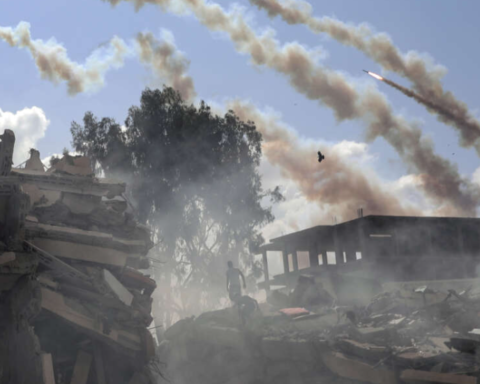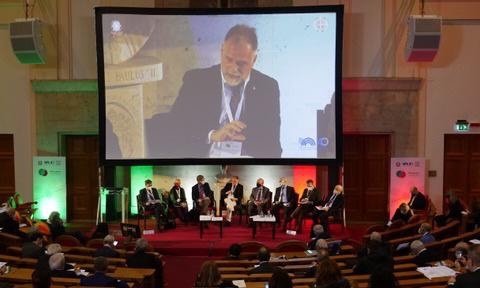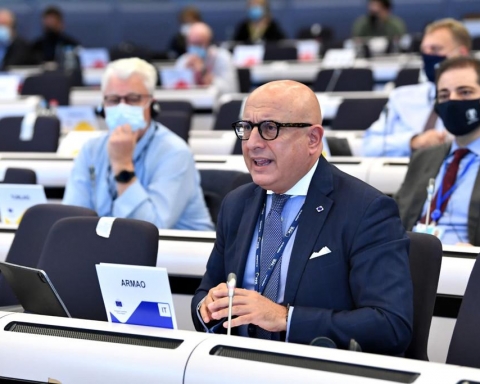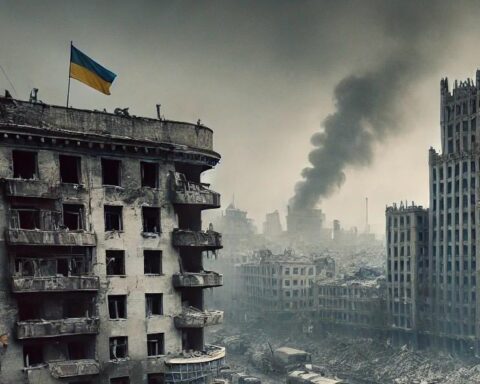Despite its rapid pace, the advance toward Mosul has been relatively uneven. Elite Iraqi special operations forces arrived at the city’s outskirts before the rest of the coalition. According to the battle plan, the advance into Mosul itself was to have begun only once the Iraqi army had converged on the city from three sides. Nonetheless, Prime Minister Haider al-Abadi reportedly ordered the special operations forces to continue on to the city, hoping to sustain the advance’s momentum and prevent the Islamic State from regrouping. Furthermore, though the original strategy provided for an avenue of escape to the west of Mosul, the Iraqi government allegedly bowed to pressure from Tehran and allowed the Iranian-backed Popular Mobilization Forces to close it. The uncoordinated advance from a single direction, coupled with the decision to keep fighters trapped in the city, has turned Mosul into a deadly urban battlefield.
So far, the battle for Mosul has taken a tremendous toll on Iraq’s armed forces. The United Nations estimates that nearly 2,000 Iraqi troops were killed in November alone, many of them in Mosul. Iraqi special operations forces have continued to bear the brunt of the fighting since entering Mosul, joined by the forward elements of the 9th Armored Division that have reached the eastern parts of the city. But officers have complained that their tanks and armored vehicles are of little use in Mosul’s dense urban terrain, where repeated ambushes have hit several of their convoys. Once the 15th and 16th Infantry divisions link up with the special operations forces and 9th Armored Division elements in the city, they will ease the burden on the beleaguered troops. Northeast of the city, the 16th Infantry Division is still making slow progress, while the 15th Infantry Division is spread thin to the southwest from Mosul to Tal Afar.
Meanwhile, Islamic State forces were well-prepared for the confrontation in Mosul. Even before the campaign began, Islamic State fighters established an intricate network of tunnels in the city that not only provides cover against airstrikes but also enables them to suddenly appear in neighborhoods that the Iraqi forces had previously declared clear. The militant group is also driving vehicle-borne improvised explosive devices into advancing Iraqi forces in droves — approximately 15 per day for a total of 600 by the last count. The resulting attacks are difficult to counter with airstrikes or anti-tank missiles. Small arms fire is similarly ineffective against the vehicles because of the armor that the Islamic State invariably bolts to them.
Notwithstanding the fierce battle that lies ahead, the outcome is all but certain: The Iraqi army will eventually retake Mosul. In the meantime, the costs of the campaign — in lives lost and damage done — will continue to mount, perhaps for months to come.
source STRATFOR












